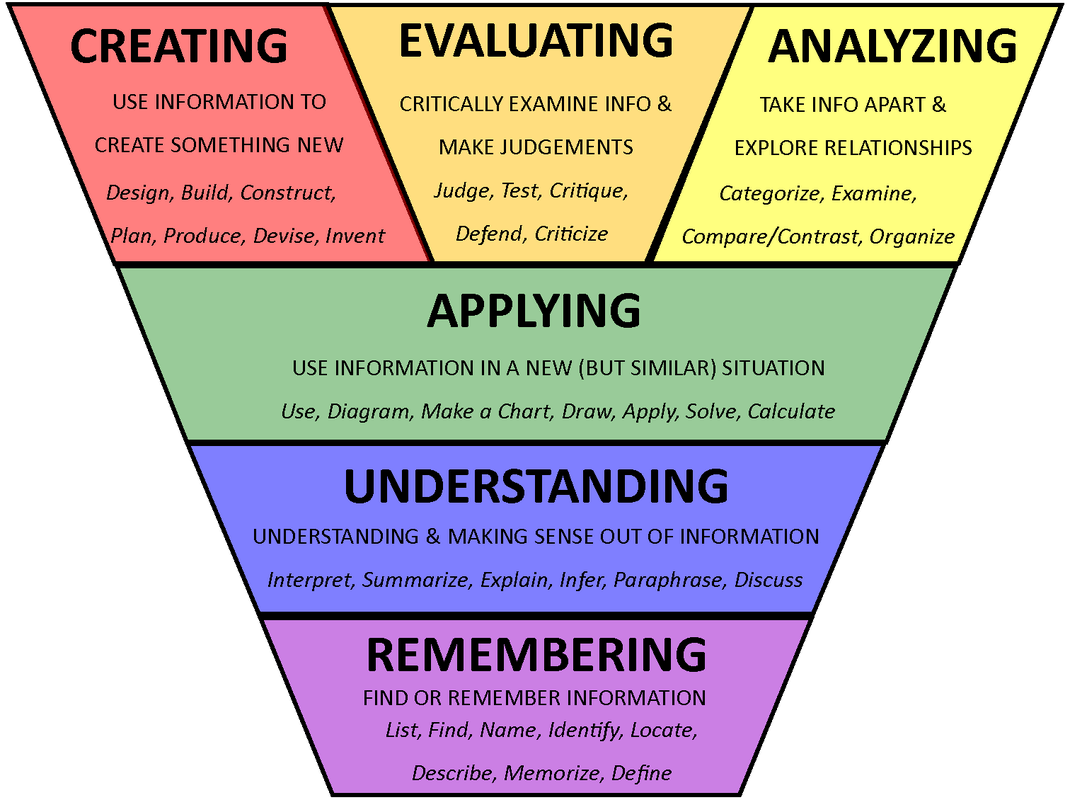It appears to me that everything is a process. There is no “one step and BAM you are done.” No, there might be one prompt, but I hope
that no one is naïve enough to think that there is only one question in the
prompt. Sometimes these processes and
steps are overwhelming; however, most times they have a purpose. In the case of educational instruction there
is no one easy solution, that would be boring, instead there are many steps and
systems to follow.
Take for instance writing a unit plan, it is not advisable
for a teacher to write in each lesson “Read and Understand………” that would not
be engaging at all for the students and learning would most likely not be
achieved. If one were to utilize the
vocabulary list at the end of Whittington’s article on Objectives, they would realize
that there are many techniques that help to prompt learning. In the same article it stated that “Students
and teachers benefit from writing objectives at cognitive levels that challenge
students to think.” This requires a
process, but it is certainly a worthwhile one.
In the readings from Newcomb there is a list of the
characteristics of good lecturers which include: knowing audience, being
enthusiastic, speaking clearly and fluently, avoiding distracting mannerisms,
illustrating major points well, doing a good job of summarizing. There are many different techniques that are
tools for agriculture teachers to use to provide meaningful instruction for
their students.
Groseta focuses largely on Cooperative Learning as a stellar
technique for teachers to use. This type
of learning has both social benefits and academic gains. One of the points that Groseta mentions that
I feel is very accurate is that “Learning materials with the expectation that
you will have to explain it to peers results in more frequent use of
higher-level reasoning strategies than does learning material to pass a test.”
All of the readings connect to my point that learning and
teaching, like everything else is a process.
There are a variety of different approaches and styles that the teacher
can utilize to make a deeper learning for students. They also all connect to the following visual
related to Bloom’s Taxonomy.

No comments:
Post a Comment